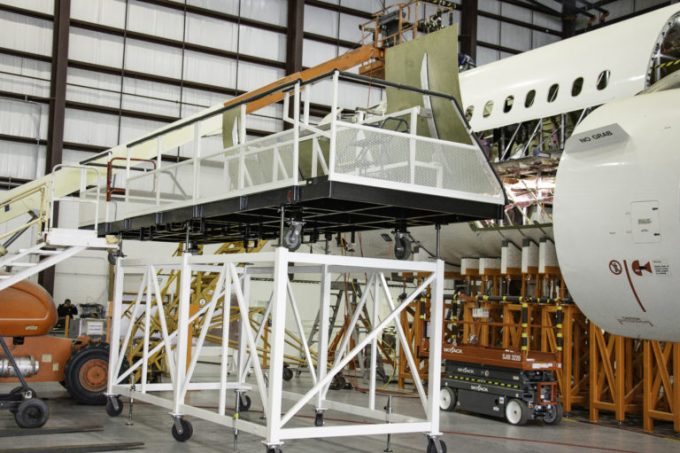
An A321 being converted
By Ian Putzger
In a rare event for airlines in the Covid-19 era, Qantas took delivery of the first A321 freighter this week, at a time when more than 100 passenger planes are parked in the Australian outback.
The aircraft – the only aircraft Qantas is adding to its ...



Comment on this article